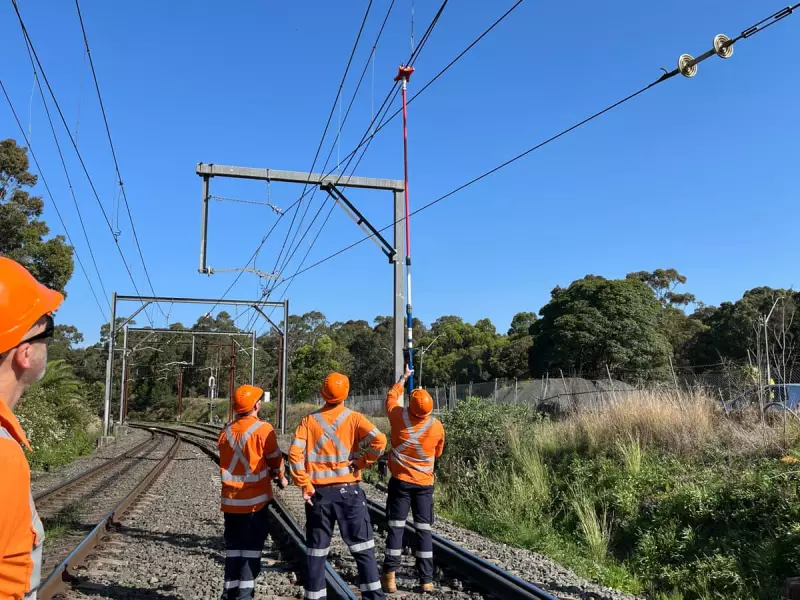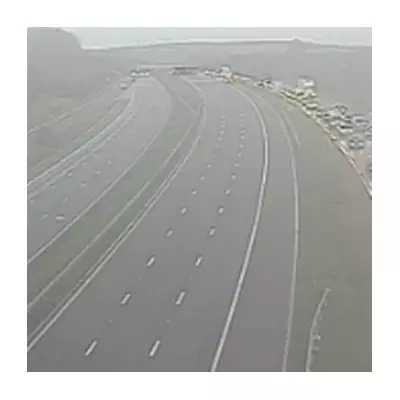
Sydney's sprawling rail network is undergoing a technological transformation, swapping traditional binocular inspections for sophisticated drones and artificial intelligence in the ongoing battle against overhead hazards that frequently bring the city's trains to a standstill.
The Hidden Dangers Above
For years, Sydney's rail operators have fought a constant battle against unexpected threats lurking above the tracks. What appears as minor inconveniences - bird nests, swarming beehives, even escaped party balloons - can cause catastrophic damage to the complex overhead wiring system that powers the city's trains.
"These aren't just minor annoyances," explains a rail infrastructure manager. "A single bird nest built in the wrong place, or a beehive forming around critical equipment, can bring down entire sections of our network, causing hours of delays and affecting thousands of commuters."
From Binoculars to Big Data
The traditional method of inspection involved teams of workers scanning overhead wires with binoculars from ground level or slow-moving inspection vehicles - a time-consuming process that often missed developing problems until it was too late.
Now, advanced drone technology equipped with high-resolution cameras and thermal imaging is revolutionising how these hazards are detected. The drones can cover vast sections of track quickly, identifying potential problems before they escalate into major incidents.
AI-Powered Prevention
The technological upgrade doesn't stop with drones. Artificial intelligence systems are being trained to recognise patterns and predict where problems are most likely to occur. The AI analyses historical data, weather patterns, and even bird migration routes to identify high-risk areas before hazards materialise.
"We're moving from reactive maintenance to predictive prevention," says a technology implementation specialist. "The system can now flag areas where bird activity is increasing or where environmental conditions might lead to beehive formation, allowing us to intervene proactively."
Real-World Impact on Commuters
The benefits extend far beyond the technical improvements. For Sydney's daily rail users, this technological leap means fewer unexpected delays and more reliable service. Previous incidents involving overhead hazards have caused cascading delays across the network, particularly during peak hours when the system operates at maximum capacity.
Common hazards now being detected more effectively include:
- Bird nests constructed near or on electrical equipment
- Swarming beehives forming around support structures
- Metallic balloons becoming entangled in overhead wires
- Vegetation overgrowth threatening electrical clearance
- Weather-related debris accumulation
The Future of Rail Maintenance
This initiative represents part of a broader technological modernisation of Sydney's transport infrastructure. The success of the drone and AI program has prompted discussions about expanding similar technology to other aspects of rail maintenance, including track inspection and station monitoring.
As one transport official noted, "What we're implementing today in Sydney could become the standard for rail networks across Australia and potentially worldwide. It's about working smarter, not just harder, to keep a city moving."





